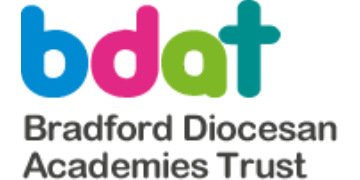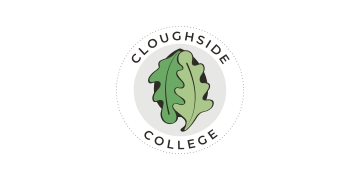The controversy around Kate Clanchy’s memoir, Some Kids I Taught and What They Taught Me, has caused many schools to rethink their rapport with artists. Musicians, poets, performers, writers in residence and other volunteers enrich our curriculum with so much cultural capital. But how can we be sure they will be worthy of the trust we put in them and that they will present their experiences and interactions with our students in a positive way?
It’s a complex matter of checks and balances. On the one hand, we can never truly know what a visitor will do with the material they gather on a visit to the school, and there are few mechanisms to contest negative portrayals of our students in the public eye. On the other, there are deeply uncomfortable ethical issues involved in imposing boundaries on artistic freedom.
And the fact of the matter is that we can’t leave it to others to provide those checks and balances. By the time Clanchy’s memoir hit the shelves, it had passed through several checkpoints, including editors and those with advance copies for review and testimonial purposes. It even won the 2020 Orwell Prize for political writing, and it wasn’t until it started to draw wider attention that readers began to call out its racist, sizeist and ableist descriptions of children.
The author has publicly denied these accusations, but it’s difficult to fathom how else to interpret descriptions of individuals as having “Ashkenazi noses”, a “narrow skull” and “chocolate-coloured skin”. Explicit links between the size of overweight children and her perceptions of their poverty, and disparaging comments about students with autism are equally concerning. Some children who worked with Clanchy have said they haven’t taken offence at her descriptions, but as adults we must question whether they have a clear understanding of the impact of language used to portray them, such as “African Jonathan”.
We can’t leave it to others to provide checks and balances
Writers have, of course, presented schoolchildren in less than ethical ways over the centuries. However, the difference between a Dickensian description and Clanchy’s (other than the intervening 150 years of anti-racism) is that the former worked in the realm of fiction. Clanchy’s is a work contemporary non-fiction. Those children, their parents and peers are reading how they have been described as well as the controversy it has caused.
And anyway, other authors have managed to write more sensitively about the realities of school life. Tracy Kidder’s Among Schoolchildren, for example, is a non-fiction account of a school in a disadvantaged area in the US that deals with issues of race without feeding into them. So not only is fictionalisation an artificial imposition on artists working in schools, it’s simply not a necessary one to protect our pupils.
Besides, no one particularly likes the idea of limiting artistic freedom. So how do we prevent another ‘Clanchy situation’?
In reality, it is almost inconceivable that schools could completely prevent their students being written about in an unsavoury manner. But as one Norfolk teacher said to me recently, we ought to have “compassionate caution” when inviting volunteers to work with our students. We have a duty to ensure robust safeguarding procedures, and it is easily argued that racist and ableist presentations of children in our care constitute a safeguarding issue.
The onus is on us to explain this, which could take the form of presenting a standard safeguarding statement – with reference to race, gender, sexuality, disability and other protected characteristics – to all volunteers and visitors. Such a document could outline the procedure for reporting on, writing about and discussing students in our care.
While this is by no means an infallible idea and doesn’t legally bind anyone to a set of practices, it does draw on our strength as a profession of standing by our values, even when that means having difficult conversations.
But however we do it, we must find a balance that preserves the important relationship between education and the arts without endangering the dignity of our students.
Bennie Kara’s book, A Little Guide for Teachers: Diversity in Schools was awarded the inaugural SAGE Social Justice Book Award for 2022










Your thoughts